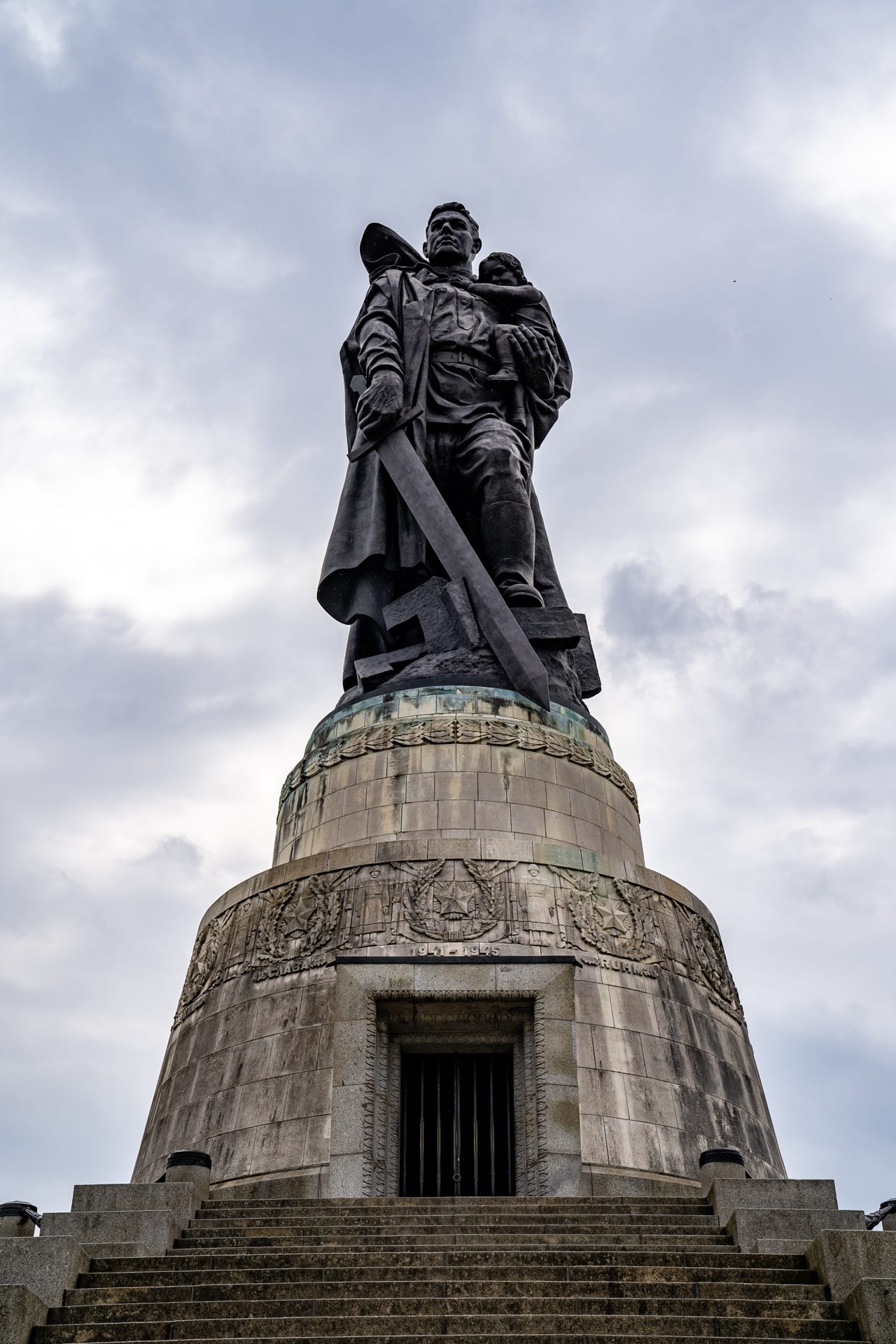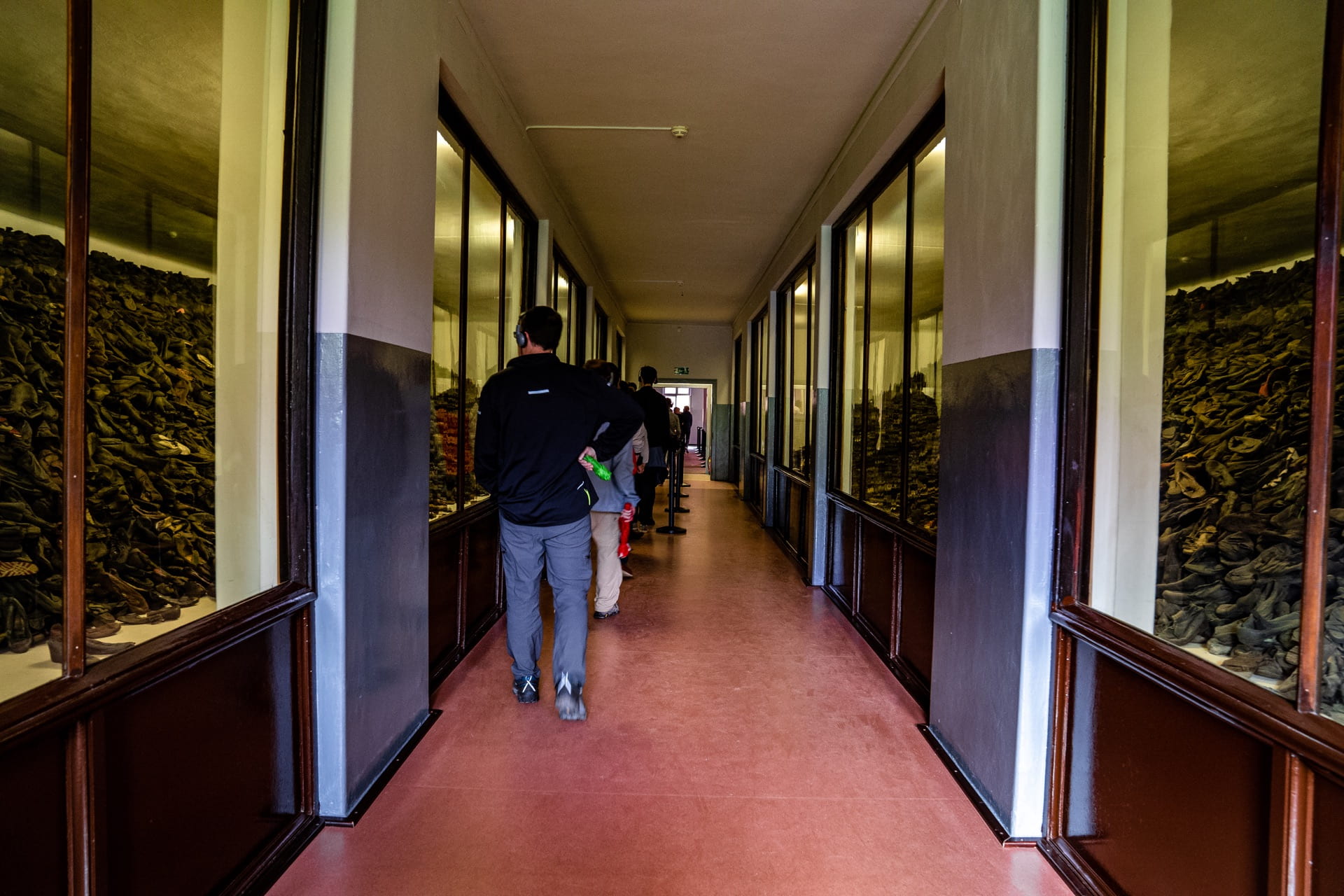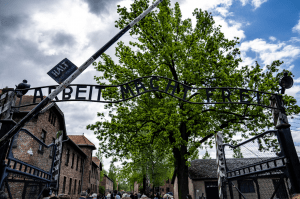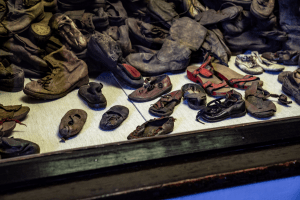The German narrative presented at the German Historical Museum is detached in comparison to the German-Russian Museum which pushed a triumphant narritve. The German Historical Museum was not being deceptive but lacked a definitive narrative. The museum presented plenty of facts but failed to tie together the uniqueness of the Nazi’s. The German Historical Museum was full of new information for me, particularly in the areas of the Weimar Republic and the political atmosphere leading up to the war. The depth of information almost overwhelmed me with so much text and visual evidence. World War Two is presented as a piece of a larger conflict that began in 1914. World War One, the Interwar period and World War Two are taken as a single piece of history. The method shows how the rise of Hitler, the concentration and death camps and ultimately the extermination of millions occurs. The German narrative gets across how normal people can be twisted and manipulated into evil. In certain ways though this narrative scrutinizes the Allied moral position in regard to strategic bombing and Soviet atrocities. The museum expressed how the Nuremburg trails were a “victors justice” and if the same standards were applied fairly Allied commanders would be war criminals.
The Soviet narrative within Berlin portrays the magnificent victory achieved by the Soviet Union against fascism. We went to see two Soviet monuments, both of which were huge, blunt and glorious. The Soviets felt very highly of themselves, as we stood beneath a Soviet soldier, wielding a sword, holding a German child and crushing a swastika, this conquering tone became apparent.
The Soviets killed the vast majority of German soldiers and absorbed the full might of the German military. The size of the Eastern Front is from Boston to Miami in the United States. Millions upon millions of soldiers fought in single battles, waging a war of annihilation against each other. War in the west was more civilized if you could ever say that about war, yet in the east war was unhinged. The Soviets overcame the loss of 28 million people, crushed the Wehrmacht and seized Berlin. The German-Russian museum was lighter when it came to Soviet glory but showed a narrative of Nazi atrocities and Soviet victories. Unlike western museums, this museum gave the Soviets their deserved place. The museum focused on the east and mentioned a few times the western governments and their actions. The war in reality was this way, with the bulk of German forces and atrocities concentrated in the east. Western history has been blinded by political motives to revise the way World War Two was won in Europe.
























